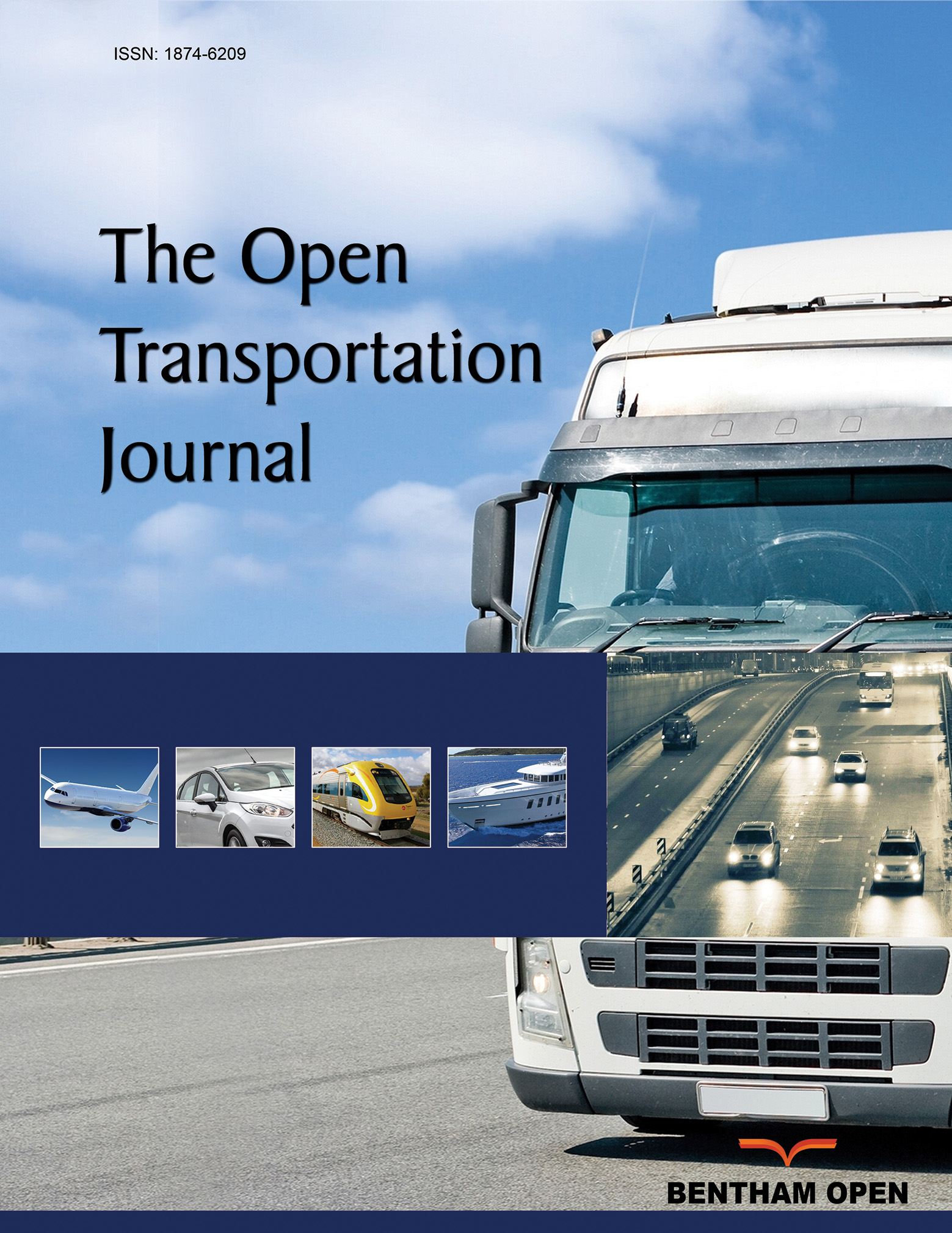Comparing Eye-tracking System Effectiveness in Field and Driving Simulator Studies
Abstract
Background:
Several studies have been conducted by combining the benefits of eye-tracking systems with driving simulators to simultaneously investigate driving behavior and the potential source of distraction. However, little effort has been made in terms of eye-tracking validation in the driving simulator environment.
Objective:
The overall aim of this study is to validate an eye-tracking system within the context of a driving simulation environment by considering a specific urban context application.
Methods:
A field survey and a driving simulation experiment were conducted for a case study in Rome, Italy. The selected real road sections and events were reproduced on the driving simulator system. An eye-tracking system was used to record eye movements both on a real vehicle and the simulator. The eye movements of 14 participants in the field survey and 18 participants in the driving simulation tests, as well as their driving performances, were collected while approaching an urban intersection in relation to two specific road events: i) the presence of a speed limit sign and ii) the presence of a crossing pedestrian.
Results:
Eye tracker parameters and driving performances were compared between the real driving tests and driving simulator experiments in order to validate the eye-tracking system. It was validated for both events in terms of duration and distance of the eye fixation.
Conclusion:
The results demonstrated that an eye-tracking system is an effective tool for studies and applications in a virtual reality environment.


